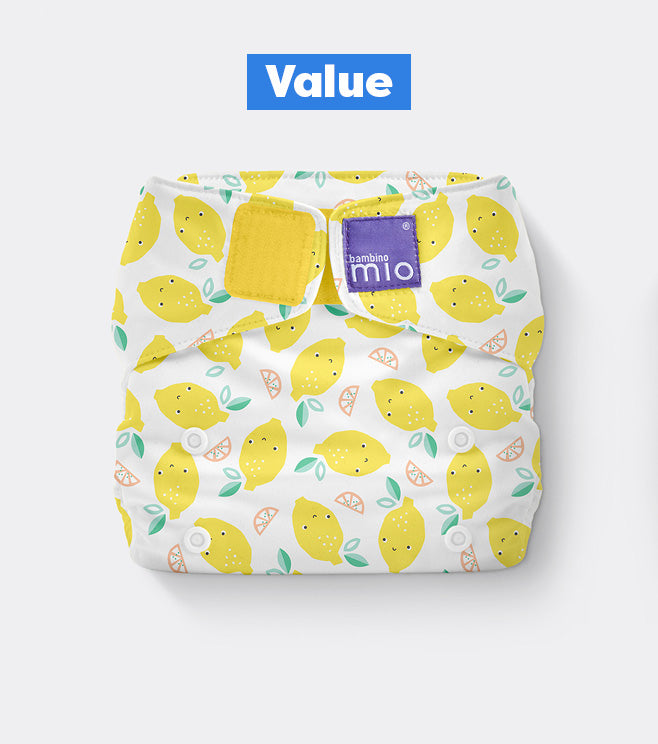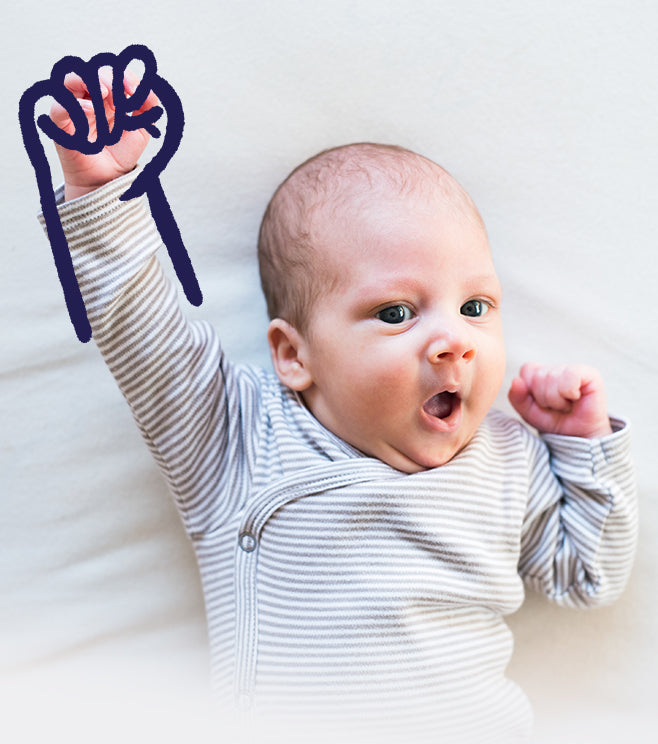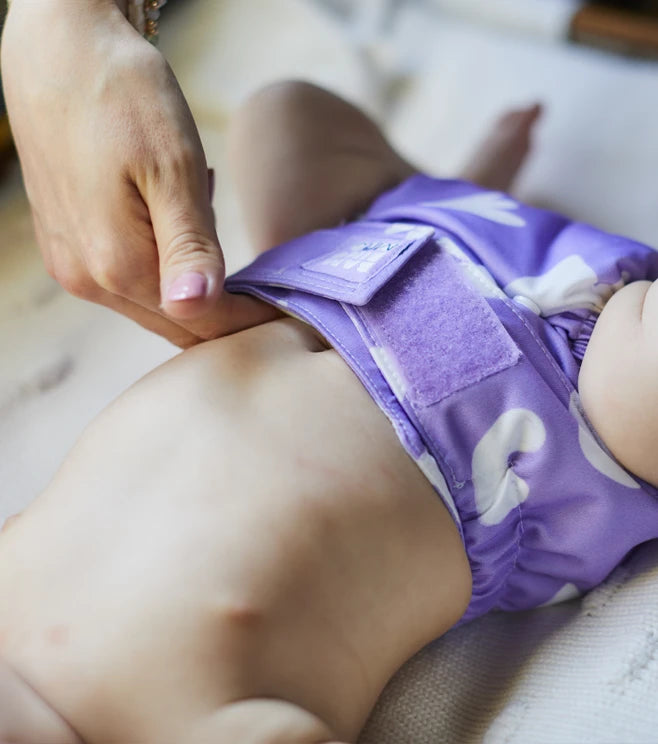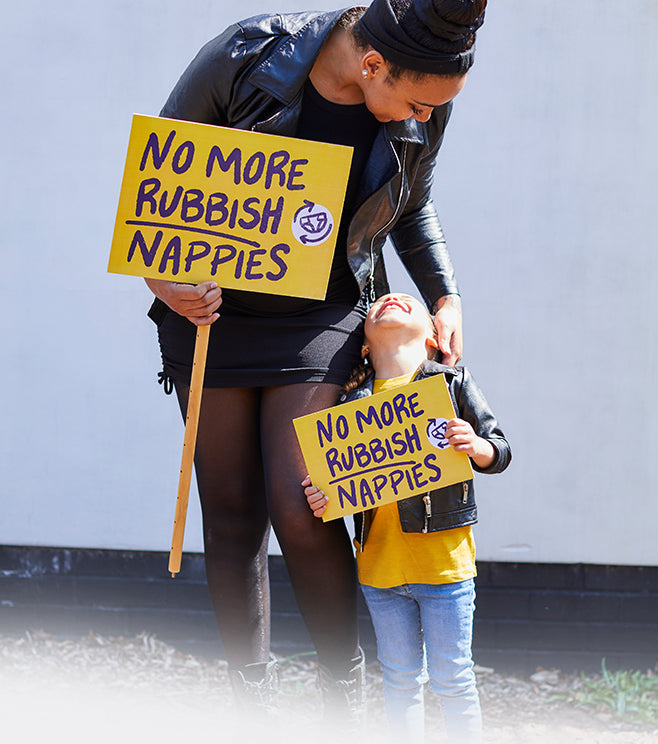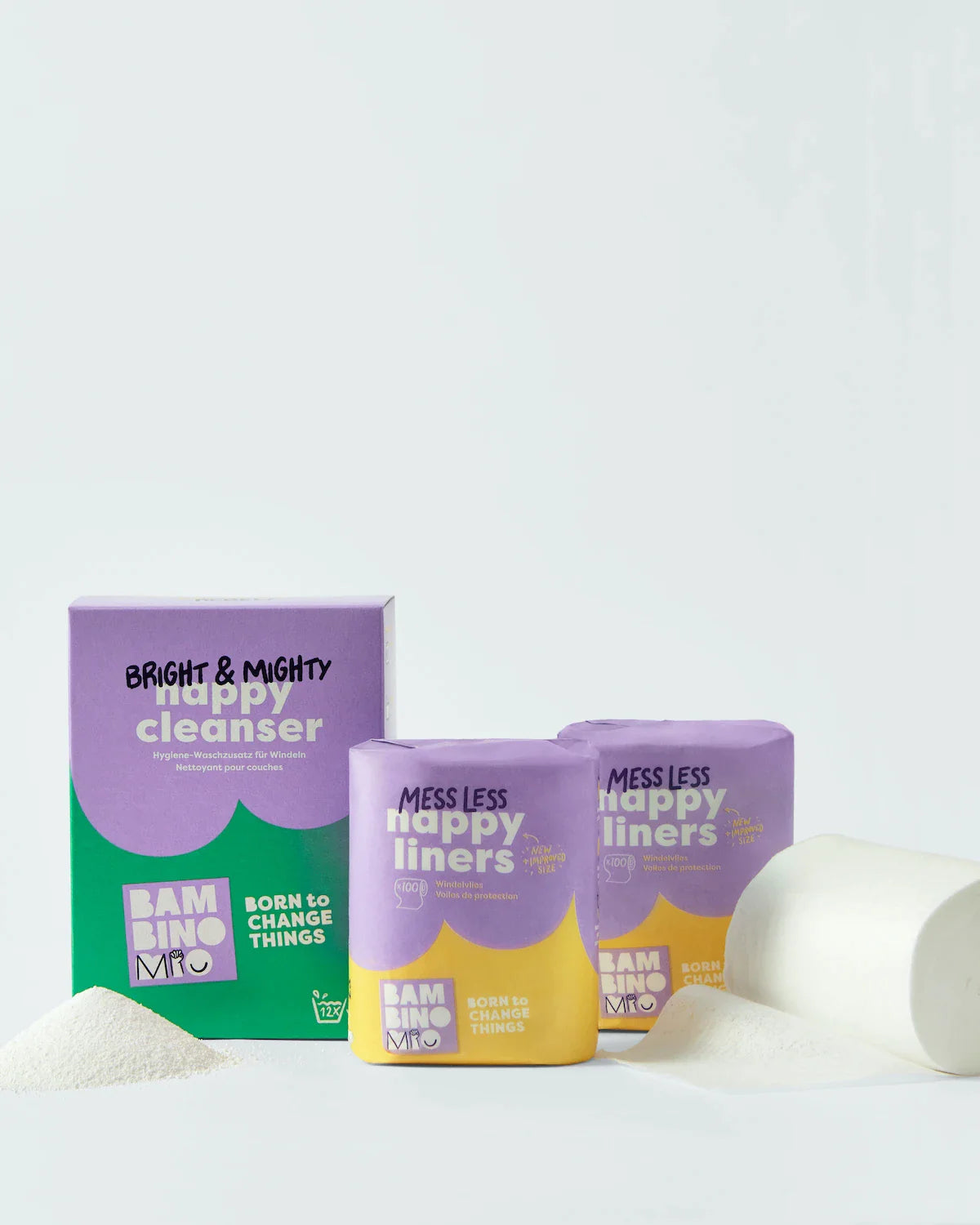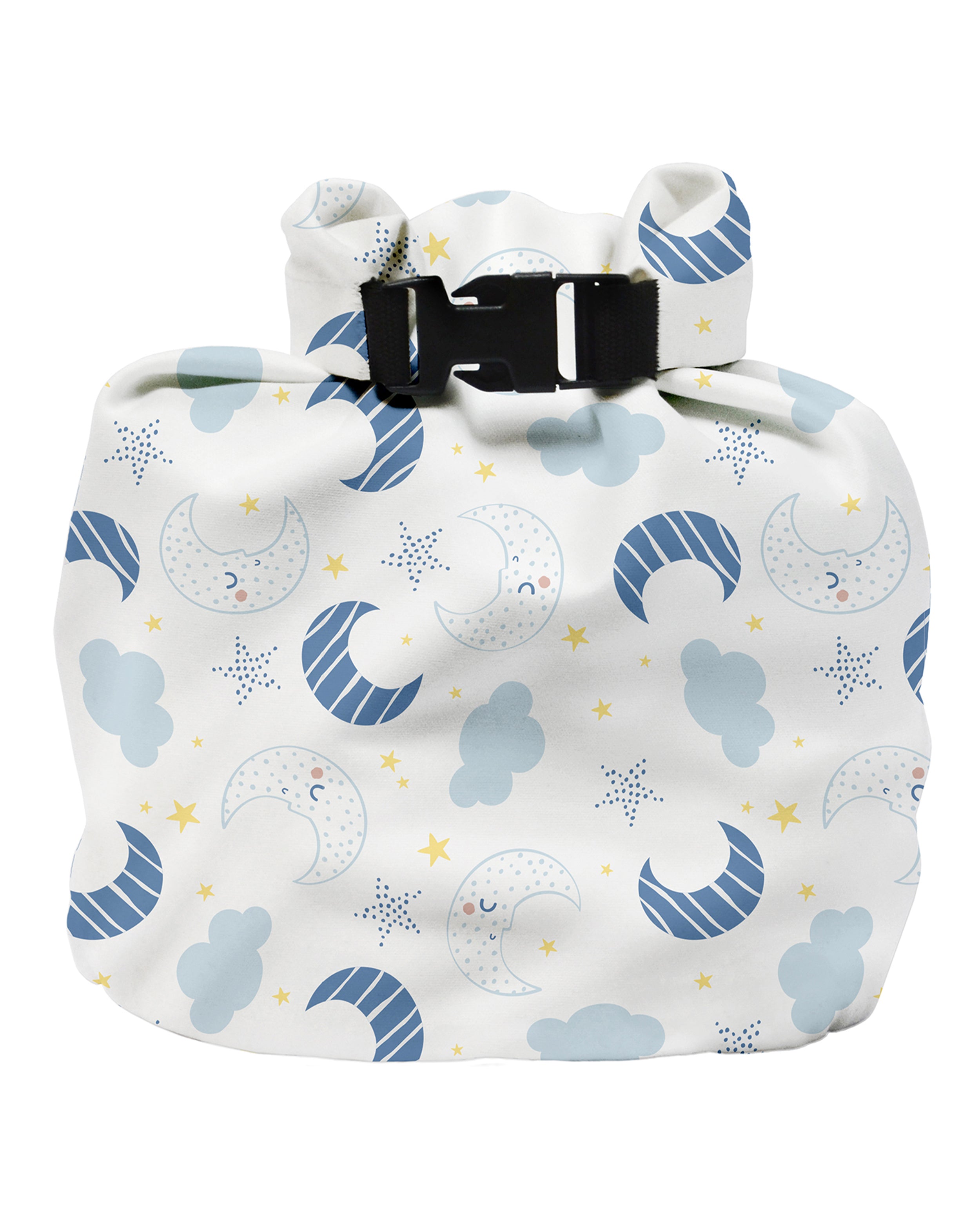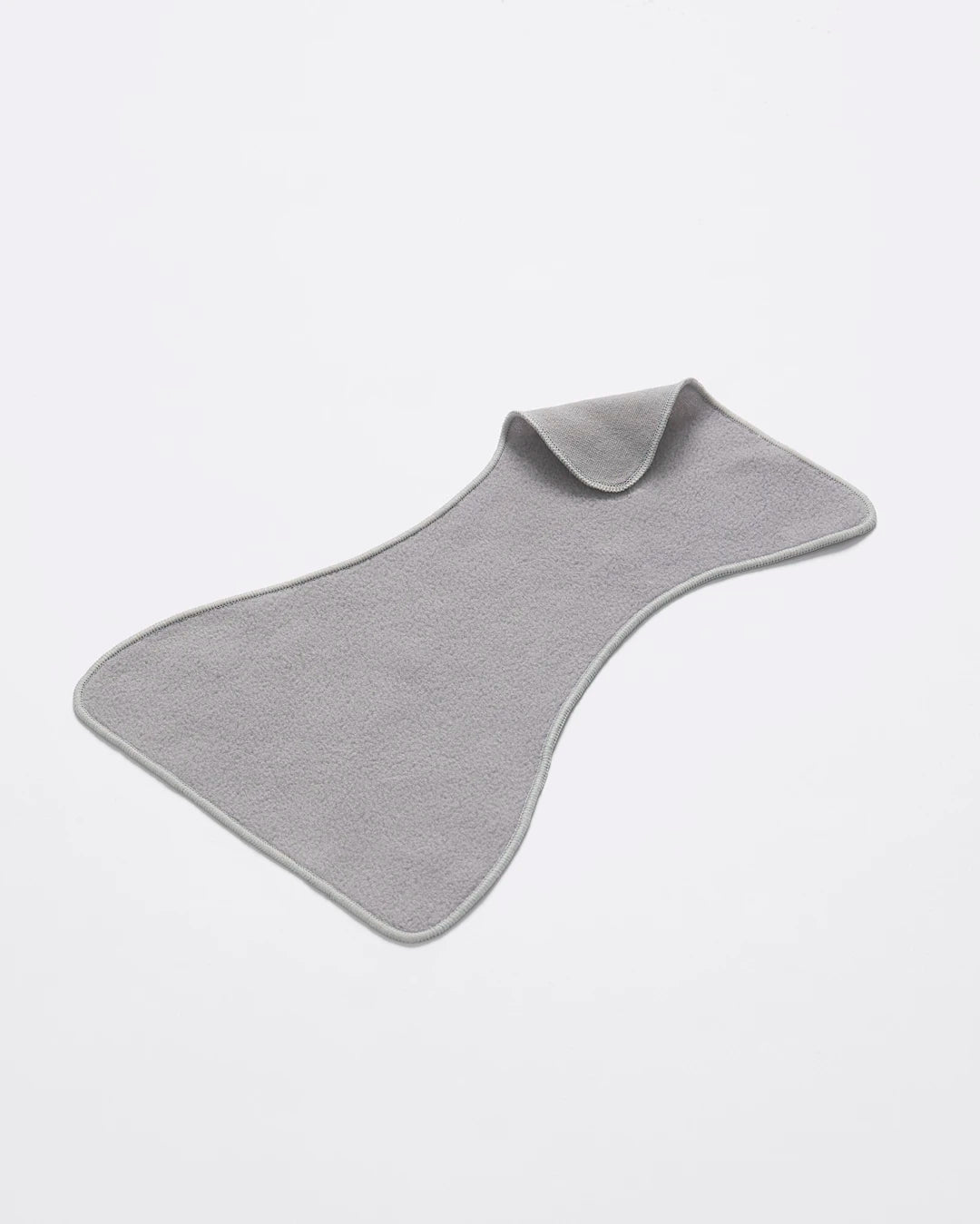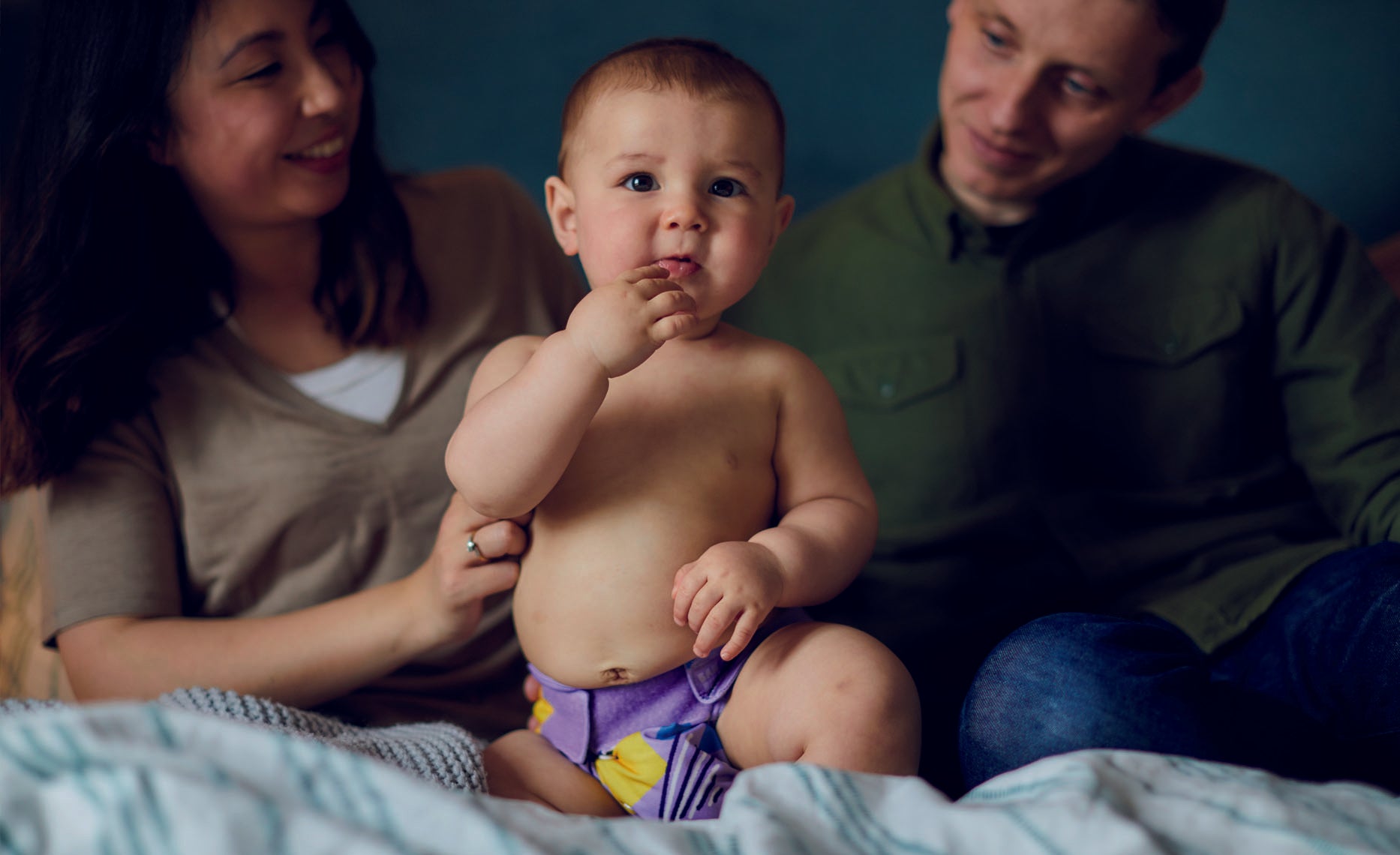Back Labour | Glossary of Pregnancy & Baby Term
Share Options
- Bambino Mio
- 09 / 08 / 2023
Inside this Article:
What is back labour?
Back labour is pain in your lower back during labour (1). While it’s at its most painful during a contraction (2), back labour can also be painful in between contractions.
Is back labour pain different to “normal” labour pain?
Women who have had back labour have described it as just as painful as regular labour pain, if not more (3), but the pain is of a different type, with some describing it as an intense ache. The ache of back labour can persist in between contractions, when most women get some relief.
What causes back labour?
It’s believed that the pain of back labour is due to your baby’s position within your pelvis. The back of your baby’s head is pressed against your lower spine and coccyx (4) (tailbone), which can be very painful.
This position is known as the occiput posterior position (5) - your baby’s occiput (back of the head) is against your posterior (back). The best position for labour and delivery is occiput anterior, which is when your baby’s face and front is towards your back.
Is back labour common?
It’s thought that between 10% and 34% of babies start labour in the occiput posterior position (6), but most turn around so that only between 5% and 8% are still occiput posterior at delivery.
Is back labour bad for my baby?
No, back labour won’t harm your baby and you can still have a vaginal delivery. However, your labour may be longer and more intense with the occiput posterior positioning and you’re more likely to need an assisted vaginal delivery.
Can I prevent my baby from being occiput posterior?
You can try some techniques to encourage your baby to get into the occiput anterior position before labour and birth. These include:
- Leaning over a chair or a birthing ball and letting your belly hang towards the floor
- Getting onto your hands and knees and then arching and flattening your back
- Walking, doing some squats and lunges, as well as crawling along the floor
All of these exercises help to open your pelvis and also use gravity to encourage your baby to turn into the occiput anterior position.
They can also, if your baby doesn’t turn in time, help to relieve some of the pain of back labour.
Citations and References
- National Health Service (NHS). ‘The Stages of Labour and Birth.’ 2023. Web. www.nhs.uk/pregnancy/labour-and-birth/what-happens/the-stages-of-labour-and-birth
- National Health Service (NHS). ‘Labour. Contractions.’ 2023. Web. www.nhsinform.scot/ready-steady-baby/labour-and-birth/labour/contractions
- Cleveland Clinic. ‘Back Labor.’ 2021. Web. my.clevelandclinic.org/health/articles/21767-back-labor
- National Institutes of Health (NIH). National Library of Medicine. ‘Anatomy, Back, Coccygeal Vertebrae.’ 2021. Web. www.ncbi.nlm.nih.gov/books/NBK549870
- National Institutes of Health (NIH). National Library of Medicine. MedLine Plus. ‘Delivery Presentations.’ 2022. Web. medlineplus.gov/ency/patientinstructions
- BMC Pregnancy and Childbirth ‘Maternal Positioning to Correct Occipito-posterior Fetal Position in Labour: a Randomised Controlled Trial.’ 2014. Web. bmcpregnancychildbirth.biomedcentral.com/articles/10.1186/1471-2393-14-83




